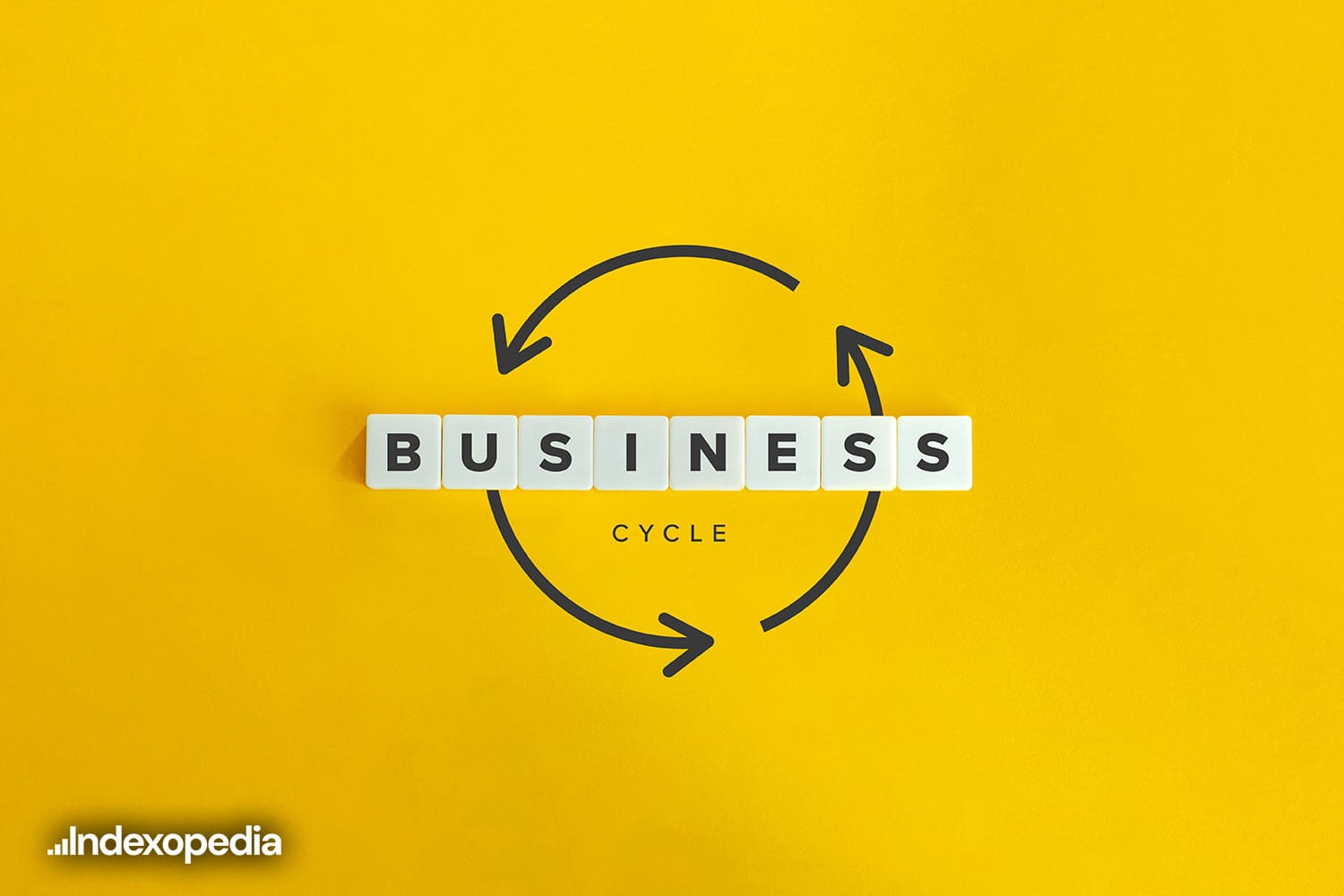

The business cycle–comprising expansion, peak, contraction, and trough–affects market environments and investment strategies. Each phase of this cycle presents distinct characteristics, risks, and opportunities. Investors who understand how markets behave in each phase can better position their portfolios to capitalize on growth or mitigate risk. There are four phases of the business cycle: expansion, peak, contraction, and trough – seen in below chart of economic activity: 1. Expansion Phase The expansion phase is characterized by increasing economic activity. During this period, GDP growth accelerates, employment rises, consumer confidence strengthens, and corporate earnings improve. Market Environment: Equity Markets: Stocks typically perform well, particularly growth-oriented sectors like technology, consumer discretionary, and industrials. Fixed Income: Bond prices may decline due to rising interest rates as central banks aim to prevent overheating. Commodities: Demand for commodities like oil, metals, and agricultural products tends to rise. Investors may benefit by favoring equities, particularly cyclical stocks and growth-oriented sectors. To mitigate the impact of rising interest rates, adding short-term bonds can also be advantageous. 2. Peak Phase The peak represents the height of economic activity before a slowdown begins. Indicators such